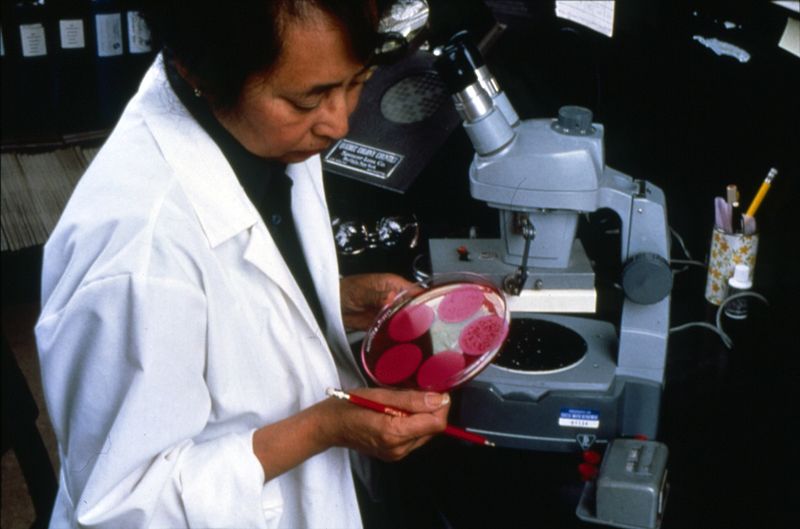Women in STEM: A Human Issue
As the pendulum swung back and forth, and my physics class counted to ten in a dull unison, I noticed the swarm of boys gathered as close to the pendulum as they could get. The girls, however, stood back in a staggered line, observing at a distance. I was filled with resent at the girls’ hesitance towards the activity and science by extension. This motivated me to explore whether there is still a gender divide in STEM (Science, Technology, Engineering, and Math) in 2017, and whom or what is to blame for this injustice?
Statistically speaking, Ana Maria Munoz-Boudet of World Economic Forum claims that “women earn only about 35 percent of the undergraduate degrees in STEM” even though 60 percent of college graduates in the United States are female. Munoz-Boudet asserts that this divide takes place in 8th grade, where females’ tendency to score higher on mathematical testing comes to a (surprisingly) screeching halt.
One notable cause of this divide are the anatomical differences between men and women. First, let me make this very clear: it has been directly proven that neither men or women are more intelligent (Rebecca Shamburg). However, the genetic makeup of our brains, ladies, is quite different from our male counterparts. In one of his studies, business specialist Bruce Holland states that the majority of men are more left-brained, while females are generally more right-brained. This means that most men tend to be more direct, logical, and analytical, while women will usually be more creative, intuitive, and driven by emotion (Shamburg). If this upsets you or makes you feel a bit like multiple gender stereotypes have just been scientifically proven, causing your world to spontaneously combust into a million depressing fragments… you’re not alone. I felt the same way upon reading those frightening facts – minus a bit of that dramatic flair. But fear not, feminists! I was saved by this particularly interesting fact in my research: women have more nerves connecting the two sides of our brain, making them more apt to multitask and use both skill sets at once (Shambaugh). Therefore, females are more likely to make decisions using a diverse array of their intellectual traits, while the male thought process is more black-and-white. Neither way is superior to the other – the male and female brains are equally matched in the capability of intelligence and they simply “reach… similar ends through different means” (Shambaugh). Though it may not be as common for women to be left-side dominant, we must not forget that some women may still have a killer sense of logic, even if their intuition is stronger by comparison. There is such a duality as being razor-sharp analytically and retaining a Disney-esque imagination.
Another leading cause of gender divide in areas such as math and science is society’s contrasting treatment of males and females. Alice Roberts, Professor of Public Engagement in Science at the University of Birmingham, did a study proving that the way we treat children molds them into cliches of men and women. She developed an experiment where she dressed girls as tomboys and boys in dresses, and the boys were treated as if they were tremendously fragile while the girls were immediately immersed in raucous behavior. Society enforces its children to conform to gender-based expectations, setting them up to do the same to their children, thus creating a perpetual circle of prejudice. This bleeds into all areas, embedding in girls the belief that they are inherently inferior scientists and mathematicians. In this same study, when asked what they picture when they hear the word “scientists,” an overwhelming amount of them uttered the same tragic response: “men.”
It is our duty to erase such stereotypes and to strive for equality of all people. How can we merely stand by when half of our population is discriminated against for simply being female? Though part of the STEM divide may be attributed to the unalterable makeup of our brains, it is also attributed to the way we treat women, something we can all help to change. We can also educate ourselves on unjust statistics and ways to change them. We can encourage the women in our lives to pursue whatever interests and careers they are passionate about! Should a woman want to be an engineer, mechanic, football player, bodybuilder, construction worker, or doctor – it is our responsibility to cheer them on. It is my challenge to you really watch yourself and those around you, to notice how you treat females as opposed to males, what you expect of them, and what they expect of you. Be an example to others in how you treat people. After all, a women’s issue is not exclusively a women’s issue. As common members of the human race, we should acknowledge that the struggles of one are the struggles of us all. A women’s issue is a human issue.




